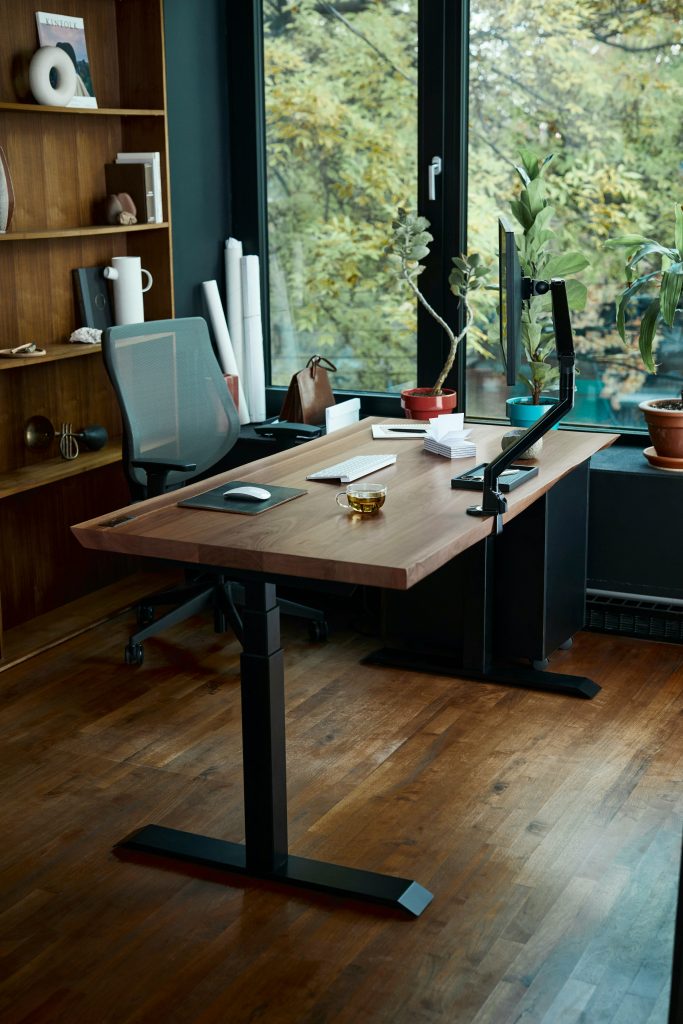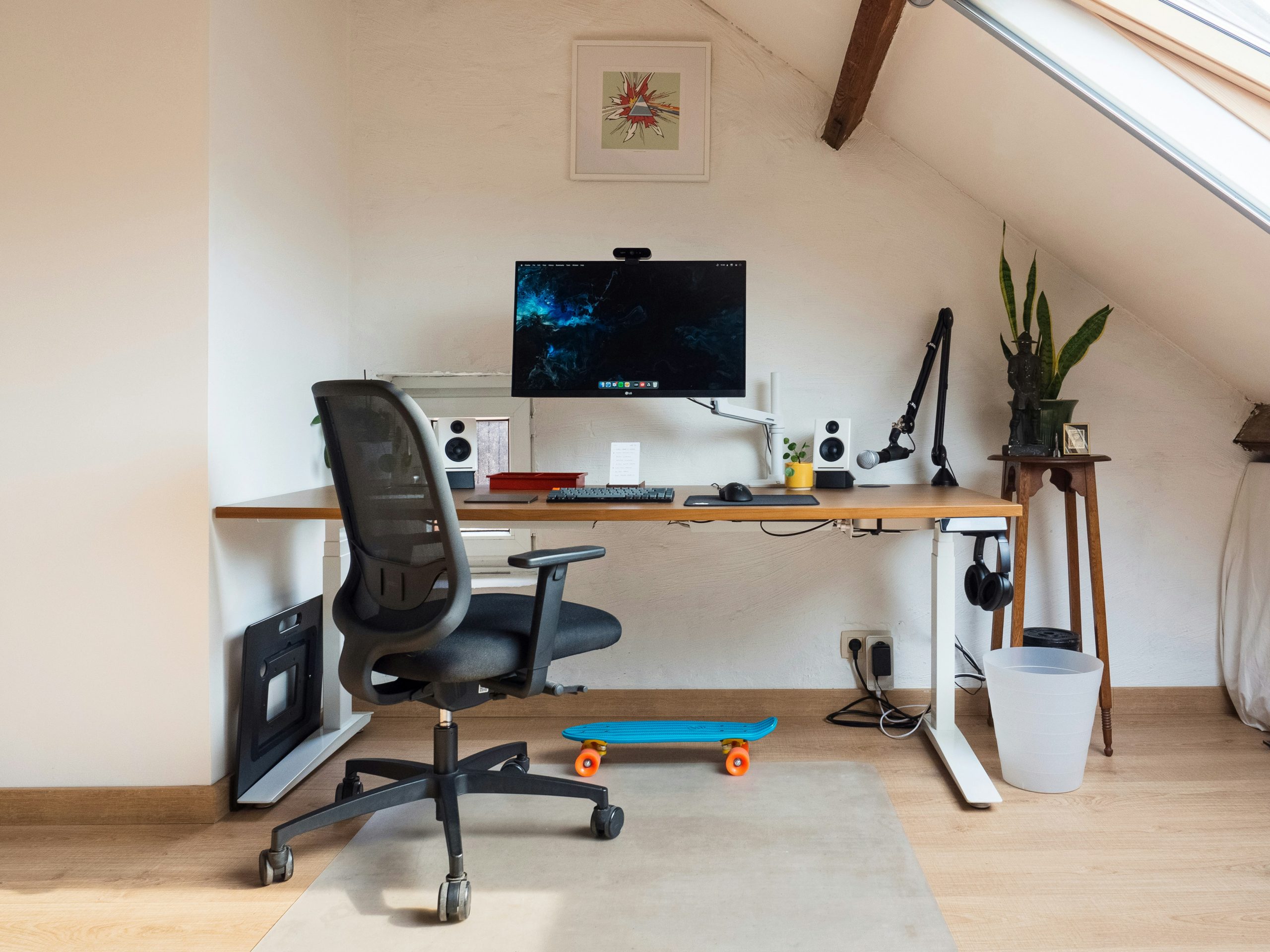In the modern era, where desk jobs are prevalent, the importance of ergonomics cannot be overstated. The way you position yourself while working can significantly impact your health and well-being, especially concerning lower back pain—a common woe among desk workers. Understanding the ideal seat position for desk workers is not just about comfort; it’s about preventing potential injuries and promoting productivity and long-term health.

The Epidemic of Lower Back Pain
Lower back pain affects millions of people worldwide, with desk workers being particularly susceptible. Prolonged sitting, combined with poor posture and improper desk setup, can lead to muscle strain, spinal misalignment, and chronic discomfort. However, adopting proper ergonomic practices, starting with the correct seat position, can mitigate these risks significantly.
Key Components of an Ergonomic Seat Position
1. Chair Height:
Adjust your chair height so that your feet rest flat on the floor or on a footrest, with your knees bent at a 90-degree angle. This helps distribute your weight evenly and reduces pressure on your lower back.
2. Seat Depth:
Ensure that there’s a few inches of space between the edge of your seat and the back of your knees. This prevents pressure on the back of your thighs and promotes blood circulation.
3. Backrest Support:
Your chair’s backrest should provide adequate lumbar support, maintaining the natural curve of your spine. Adjust the backrest height and angle to fit the contours of your lower back, reducing strain and supporting good posture.
4. Armrests:
Adjust your chair’s armrests so that your shoulders are relaxed, and your elbows are bent at a 90-degree angle. This helps alleviate strain on your shoulders and neck, reducing the likelihood of upper back and neck pain.
5. Posture:
Maintain a neutral spine position by sitting upright, with your shoulders relaxed and your ears aligned with your shoulders. Avoid slouching or leaning forward, as this can increase pressure on your lower back.

Additional Tips for Desk Workers
- Take Regular Breaks: Incorporate short breaks into your work routine to stand up, stretch, and walk around. This helps relieve muscle tension and prevents stiffness.
- Invest in Ergonomic Accessories: Consider using a supportive ergonomic chair, an adjustable desk, or a lumbar cushion to enhance your workspace setup and improve comfort.
- Practice Proper Ergonomics: Educate yourself on proper desk ergonomics and make necessary adjustments to your workspace, including monitor height, keyboard placement, and lighting.
- Stay Active: Incorporate regular exercise into your routine to strengthen your core muscles and improve flexibility, which can help alleviate and prevent lower back pain.
Conclusion
The ideal seat position for desk workers is one that prioritizes comfort, support, and proper alignment. By implementing ergonomic principles and making conscious adjustments to your workspace setup, you can reduce the risk of lower back pain and improve your overall health and productivity. Remember, a healthy work environment starts with you, so invest in your well-being by prioritizing ergonomics in your daily routine. Your body will thank you for it in the long run.


Leave a Reply